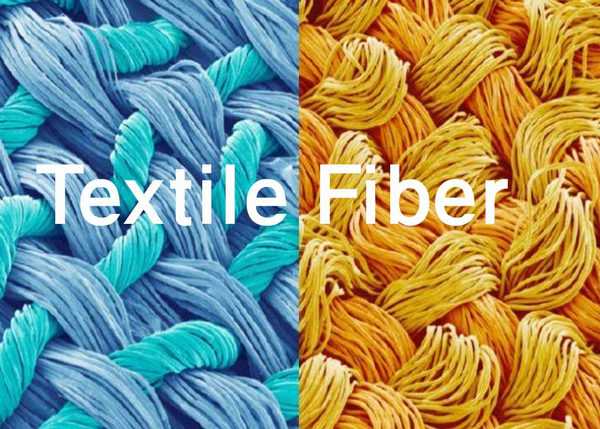Site: Home > Home > News and events
Fabric pilling is the phenomenon of small clumps or balls of fibers appearing on the surface of a fabric during use or washing. Pilling is usually caused by friction, and certain fabrics are more prone to pilling than others.
Here are some common types of fabrics that are prone to pilling:
1. Woolen fabrics: Because of their fiber structure and surface fuzz, woolen fabrics are often prone to pilling. This includes wool, cashmere, camel hair, etc. 2.

2. Blended fabrics: Blended fabrics are usually made from a mixture of two or more fibers. If one of the fibers is prone to pilling, the entire fabric may also be prone to pilling. For example, blended fabrics containing polyester fibers are often prone to pilling. 3.
3. Low-density fiber fabrics: Certain fibers have a low density, such as polypropylene and acrylic. These fabrics are prone to friction when rubbed, leading to pilling.
4. Short Fiber Fabrics: Short fiber fabrics have shorter fiber lengths that tend to catch and ball up during friction. This includes certain cotton fabrics, linen fabrics, and so on.
It should be noted that the degree and frequency of fabric pilling may vary depending on the specific composition, quality and conditions of use of the fabric. Therefore, when purchasing fabrics, you may choose fabrics with higher abrasion resistance and anti-pilling properties to minimize the occurrence of pilling problems.
To summarize, factors affecting fabric pilling include fiber type, fiber length, fiber strength, fabric construction, friction, and washing and wear. Fabrics that are prone to pilling are usually materials with shorter, less strong fibers such as wool and suede fabrics. Picking problems can be minimized by choosing fabrics with high abrasion and pilling resistance when purchasing.
Copyright 2022:Qinsun Instruments Co., Limited
High-end textile tester supplier Email:info@qinsun-lab.com | Textile Testing Equipment pdf | Tel:021-67800179 |